How to Build a Calm-Down Kit for Kids
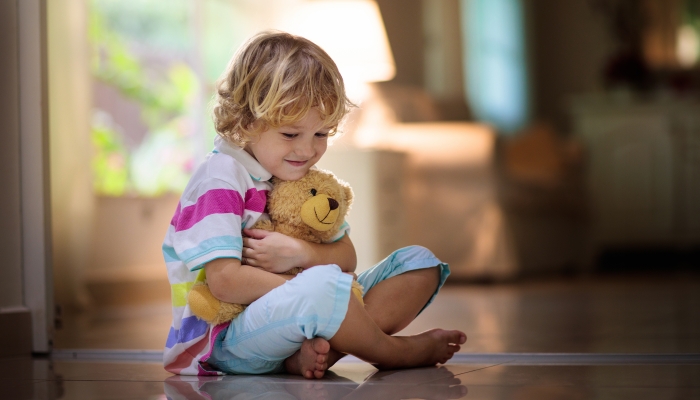
- Calm-down kits should be catered to your own child’s likes and dislikes.
- Kits should contain at least one item for each of the five senses: taste, touch, sight, smell, and hearing.
- Toddlers, young children, and teens can all benefit from a calm-down box.
- Allow your kids to choose some of their favorite items to put in their calm-down kit.
Teaching children to self-regulate and manage their emotions is one of the most important things a parent can do for their child. Children who can learn to take deep breaths, control their reactions to difficult events, and avoid temper tantrums tend to be happier and more successful later in life.
However, telling a child to simply calm down is not an effective strategy. Kids, especially younger children or those with developmental or mood disorders, need tools and strategies to help them learn self-regulation.
A calm-down kit is something that can help your kids with self-regulation and works well for children of all ages. Consider adding some of these tools to your child’s calm down kit to have options for engaging each of their five senses.
Vision

Visual tools are excellent additions to any calm-down box. Looking at beautiful colors or watching lights slowly change colors can have a calming effect on kids experiencing big emotions.
Some visual items to add to your kit may include:
- Coloring Materials: Include colored pencils, crayons, and coloring books with varied patterns and images.
- Sensory Bottles: Create or purchase bottles filled with glitter, beads, and liquid that children can shake and watch as they settle.
- Mood Lamps or Night Lights: Use soft, ambient lighting or a night light that slowly transitions from one color to another.
- Visual Timer: A visual timer is helpful for children who need to walk away from a stressful situation. Parents can use this to tell a child that they need to spend a specific amount of time in their bedroom or working with their calm-down kit.
Smell
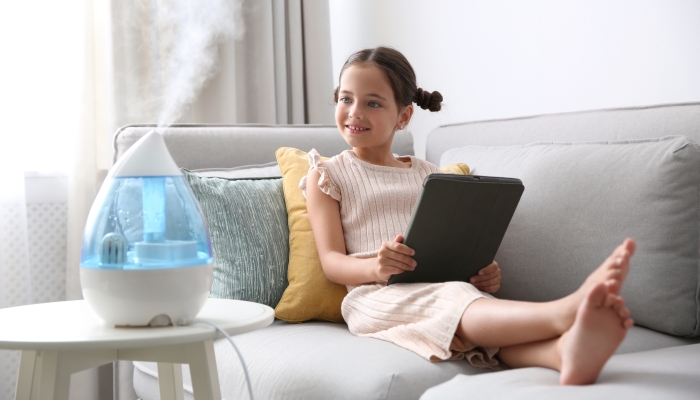
Research11. Masuo, Y., Satou, T., Takemoto, H., & Koike, K.. Smell and Stress Response in the Brain: Review of the Connection between Chemistry and Neuropharmacology. Molecules. 2021;26(9), 2571. https://doi.org/10.3390/molecules26092571 published in the journal Molecules confirms that different smells can have a calming effect. Interestingly, some smells can also have a stress-inducing effect. Scents like lavender or chamomile tend to have a calming effect.
Some parents choose to use an essential oil diffuser or scented sachets in their child’s calm-down kit. Others may place a small pouch of dried herbs or a fresh plant in their designated calm-down area.
A fun activity you may choose to participate in with your child is making your own scented playdough or slime. Making your own scented playdough allows you to choose your own smells, colors, and even textures to add to your box.
The Children’s Hospital of Philadelphia22. How Aromatherapy Can Help Children. Children’s Hospital of Philadelphia. 2018. https://www.chop.edu/news/health-tip/how-aromatherapy-can-help-children warns parents to double-check the ingredients in all essential oils to be sure they’re safe and effective and to ensure children don’t ingest essential oils or apply them to their skin.
Hearing
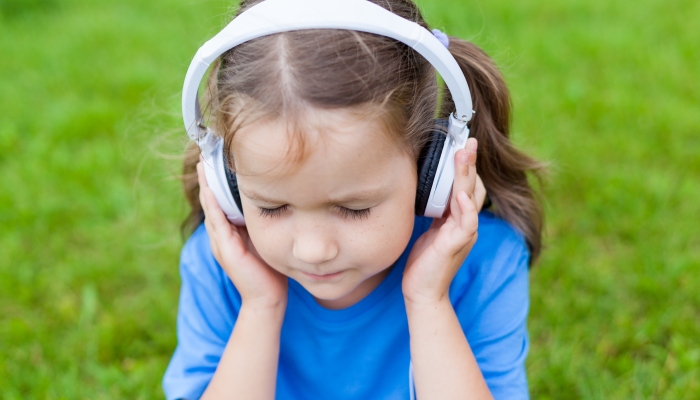
Tools in a calm-down kit that impact hearing can either be used to decrease noise or add music.
Noise-canceling headphones or earplugs are good for reducing overwhelming environmental noises. These can be great for crowded areas where children might get easily overwhelmed such as airplanes or grocery stores. If you use noise-canceling devices, make sure you have another way to get your child’s attention in case of emergency.
As an alternative to keeping things quiet, you may choose to add a sound machine or music player. Many children find that white noise, nature sounds, and soft music have a calming effect on their nervous system.
Taste
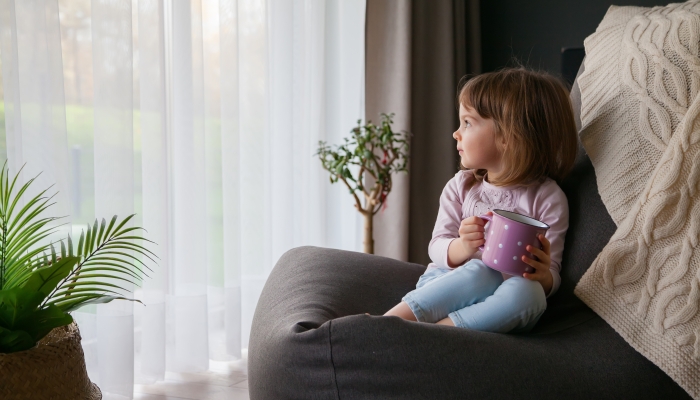
Kids often have trouble controlling their emotions when their blood sugar is low. Keeping healthy snacks in your calm-down kit is a great idea, especially for travel or long days full of running errands. Try to keep non-perishable items in your bag, and avoid any choking hazards.
For home calm-down kits, you may want to include tea bags or herbal teas. Peppermint or chamomile teas are great choices for helping your child calm down. If your child is new to herbal teas, don’t make them too strong, and make sure that you let the tea cool down to a safe temperature.
Some picky eaters or children with sensory processing disorders may need sensory-friendly foods in their kit.
Touch
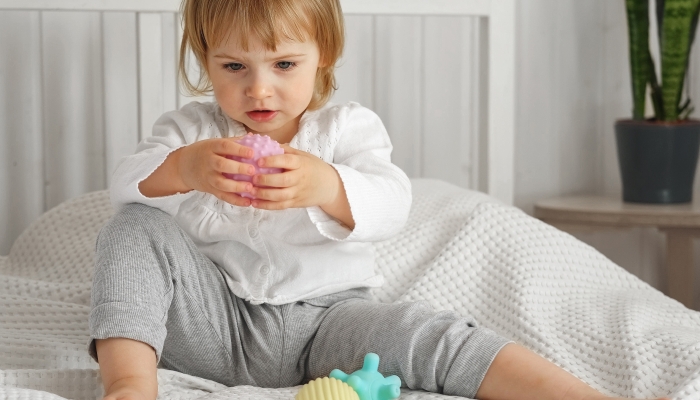
Touch is one of the most important senses humans can use to calm down. Tactile input is important for children of all ages.
Hugging a soft blanket or squeezing a stress ball can help even the most distressed children start to relax. Talk to your child about their preferences and use items that are calming for them. Some children may like to play with slime, while others find more comfort in hugging something soft.
Some things you can add to your calm-down kid might include:
- Stress balls
- Fidget toys
- Weighted blankets
- Stuffed animals
- Playdough
- Slime
- Kinetic sand
- Small blankets made from materials like velvet, satin, or faux fur for tactile exploration
FAQs
What age range is a calm-down kit suitable for?
Calm-down kits are suitable for kids of any age. In fact, even adults can benefit from using some kind of calm-down kit. One of the best things about a calm-down kit is that it can be used by a child of any age. If you have very small children, make sure that there are no toxic or dangerous items in the kit such as essential oils that could accidentally be ingested.
How can I encourage my child to use the calm-down kit when they’re feeling overwhelmed?
The best way to get your child used to using a calm-down kit is to help them practice while they are feeling good. Introduce the calm-down kit to your child when they are happy and relaxed. Then, let them know that the items in the kit are there to help them feel better when they are experiencing big emotions.
References
- Masuo, Y., Satou, T., Takemoto, H., & Koike, K. (2021). Smell and Stress Response in the Brain: Review of the Connection between Chemistry and Neuropharmacology. Molecules, 26(9), 2571. https://doi.org/10.3390/molecules26092571
- How Aromatherapy Can Help Children. Children’s Hospital of Philadelphia. (2018, March 6). https://www.chop.edu/news/health-tip/how-aromatherapy-can-help-children
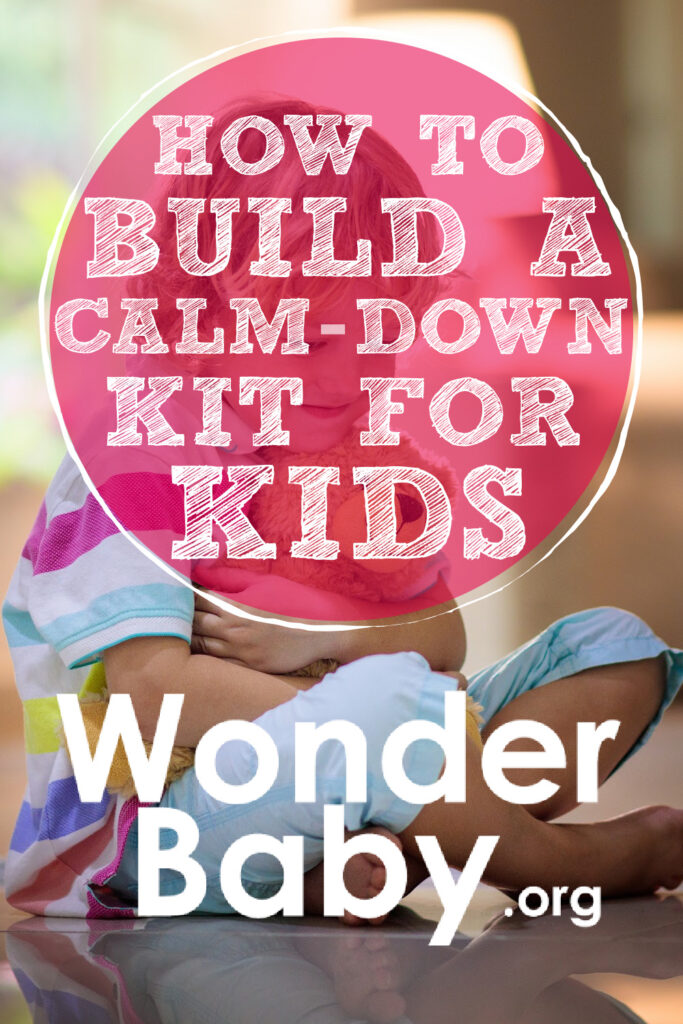
The information WonderBaby provides is not intended to be, and does not constitute, medical or other health advice or diagnosis and should not be used as such. Always consult with a qualified medical professional about your specific circumstances.
Related Posts
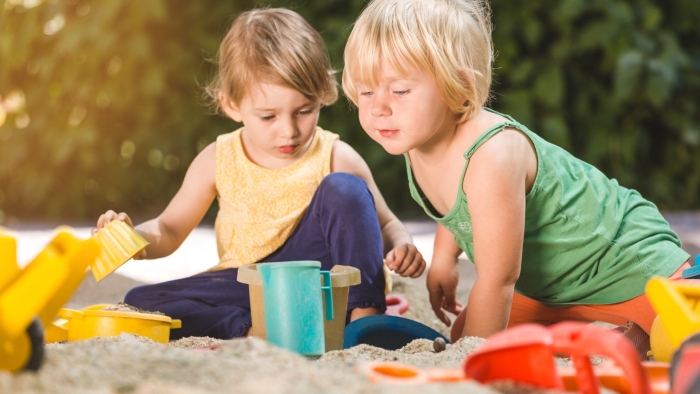
Sensory Activities
5 Sand Play Activities to Encourage Fine Motor Development
Sensory bin, at the beach, or in a sandpit? Try these sand play activities to help toddlers and preschoolers develop their fine motor skills.
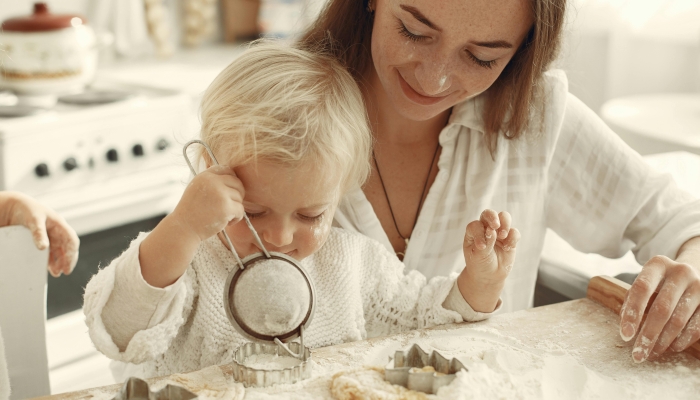
Sensory Activities
5 Edible Sensory Play Ideas
Check out our favorite edible sensory play activities to engage children's senses, boost their development, and provide hours of fun.

Sensory Activities
How to Make Unpoppable Bubbles
Discover the secret to making unpoppable bubbles with this easy guide. You only need three ingredients!